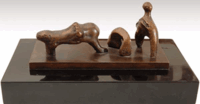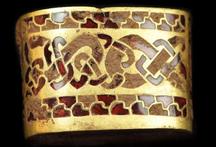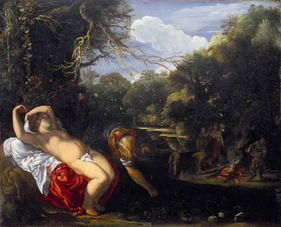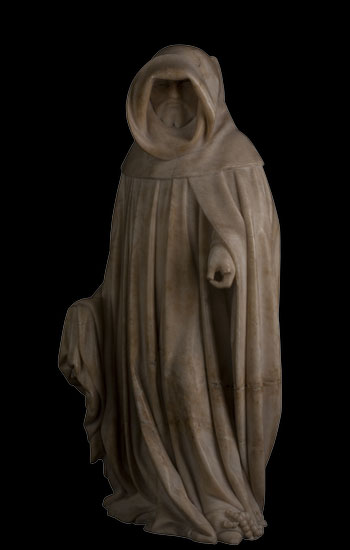A couple of New York dealers got lucky this week, thanks to a couple of diligent Canadian dealers.
 Marlborough and James Goodman were the lucky galleries — works that had been stolen from them years ago were found this week by Landau Fine Art Inc. in Montreal and the Miriam Shiell Gallery in Toronto, respectively. “This just happens to be a bad…or should I say good week for Canada,” said Christopher A. Marinello, the general counsel and worldwide recoveries manager of the Art Loss Register.
Marlborough and James Goodman were the lucky galleries — works that had been stolen from them years ago were found this week by Landau Fine Art Inc. in Montreal and the Miriam Shiell Gallery in Toronto, respectively. “This just happens to be a bad…or should I say good week for Canada,” said Christopher A. Marinello, the general counsel and worldwide recoveries manager of the Art Loss Register.
A tad ironic, that — a few weeks ago, the Art Loss Register closed its North American office, which was in New York, and Marinello moved to London. The rest of the staff here…gone.
Yet, he adds, “art theft is a six-billion-dollar a year industry.” So the two recoveries made barely a dent in that.
Anyway, James Goodman will get back an $80,000 Henry Moore sculpture (above) stolen in November 2001. According to ALR:
The Art Loss Register located the Moore when the Miriam Shiell Gallery was performing due diligence searches of recently consigned artwork. The Gallery’s consignor, when faced with the facts, and the law, voluntarily released his claim to the work which he claimed was inherited from a relative.
The work is one of more than 100 by Moore in the ALR’s database of stolen goods.
As for Marlborough, Portrait in the Garden by Paul Klee was reported stolen to the New York Police Department in 1989. It’s worth $125,000. Robert Landau turned the painting over to U.S. authorities after a Florida art dealer tried to sell it to him, and they turned to ALR.
According to the Associated Press, Landau was approached in December 2009 by a man who represented himself as an art dealer at an international art fair in Miami Beach, but he declined to evaluate it on the spot. Instead, the Florida dealers sent it to him in Montreal, where he checked the ALR, discovered that it had been stolen, and turned it over to customs/immigration agents.


 A big raspberry goes today to one Henry Aubin, who — writing in the Montreal Gazette — wrote this:
A big raspberry goes today to one Henry Aubin, who — writing in the Montreal Gazette — wrote this: Here’s one: Raphael’s La Velata has just finished its 10-week run at the
Here’s one: Raphael’s La Velata has just finished its 10-week run at the 

 The Mourners also happen to have a
The Mourners also happen to have a